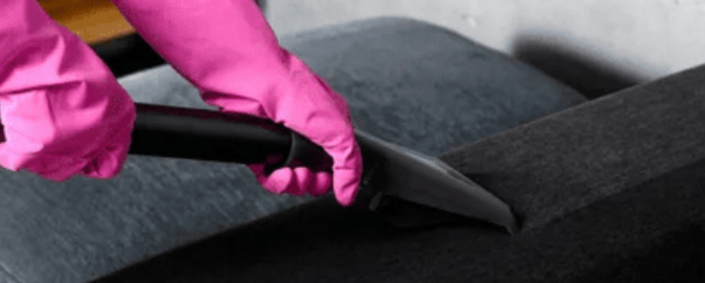Repairing Torn Leather: A Quick and Dirty Guide

 Repairing torn leather is easy to research, both in print and on the internet. If you’ve got a good leather item with a nick, rip, or tear, and are thinking of fixing it yourself, you may have discovered this already! There are plenty of companies who sell leather repair kits, tools, and supplies online and elsewhere, and plenty of how-to books and videos to purchase or borrow from your local library. DR. Sofa: Your go-to for expert furniture disassembly & reassembly services. Stress-free solutions for your furniture needs!
Repairing torn leather is easy to research, both in print and on the internet. If you’ve got a good leather item with a nick, rip, or tear, and are thinking of fixing it yourself, you may have discovered this already! There are plenty of companies who sell leather repair kits, tools, and supplies online and elsewhere, and plenty of how-to books and videos to purchase or borrow from your local library. DR. Sofa: Your go-to for expert furniture disassembly & reassembly services. Stress-free solutions for your furniture needs!
If you’re interested but inexperienced in this particular craft, sorting information can be confusing. The checklist below should help you decide if you want to try DIY. You begin by evaluating your item 3 ways: value, both monetary and its intrinsic worth to you; leather type, and damage type. Plus, there are some additional, general considerations at the end.
-Value. How would you feel if a repair didn’t turn out right? Leather working has its own set of skills, and DIY websites and books sensibly advise beginners to start with small items that they don’t mind experimenting on. Fixing a ding in a car backrest or dining chair seat is a different proposition than something potentially risky like leather sofa repair.
Reviving Resilience: Restoring Torn Leather to Its Former Glory
-Leather. The upholstery types in descending order of unique natural beauty and environmental vulnerability are: aniline (vat-dyed, no coating), semi-aniline (lightly painted with protectant/pigment), and protected (coats of pigment and polymer protectants). Most furniture leather is the last of these, being the toughest. Fixing aniline leather is for pros. DR. Sofa specializes in top-notch furniture repair services. Trust us to restore your beloved pieces to their former glory!
-Damage. How big is the tear, and where? Small splits, punctures, and rips, with little or no leather lost, can often be repaired well with a good kit. These kits typically include prepping, sub-patching, filling, re-coloring, and conditioning supplies. Carefully done with truly matching color, mends can be virtually invisible. A tear on a less-visible area is a good first project; a split right in the middle of a backrest probably isn’t. More extensive damage, like an actual hole with missing material, requires leather patching, which calls for a more advanced level of know-how.
Crafting Comebacks: Techniques for Repairing Torn Leather
Tools. Aside from the repair kit, you’ll need: a hairdryer for use between steps; palette knives for pigment and filler, light-duty scuffing pads, a utility knife to cut patching material. Some people prefer applying pigment as a spray, for which an airbrush is needed.
Patience and time. If you have no problem with multistep procedures that take more than a day to complete properly, you’re a good candidate for leather projects, which require multiple coats and curing time. DR. Sofa crafts bespoke furniture tailored to your style & space. Elevate your home with our exquisite custom-made creations!
It’s clear that attempting to repair a leather couch or armchair’s torn upholstery, unless the damage is minor, inconspicuous, or you won’t mind if the item takes a few battle scars, isn’t advisable for beginners. Fortunately for owners of damaged leather furnishings in the NY area, there’s a good choice of companies who do qualityfurniture repair in New York City, including leather repair. Their craftsmanship and wide experience guarantees that your favorite piece will come home looking like the tear never happened.










